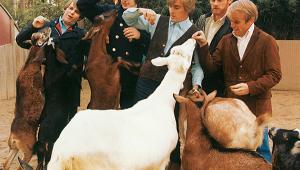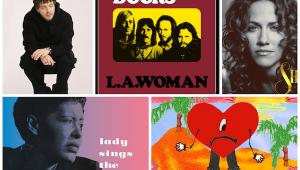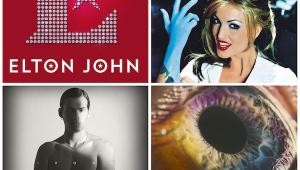Creativity is flowing non-stop, sometimes my life needs to be filled with new things like this. connect dots and roller baller are two games I look up to when my head is stressed.
New World Man: Richard Chycki on Mixing Rush’s Signals in Atmos
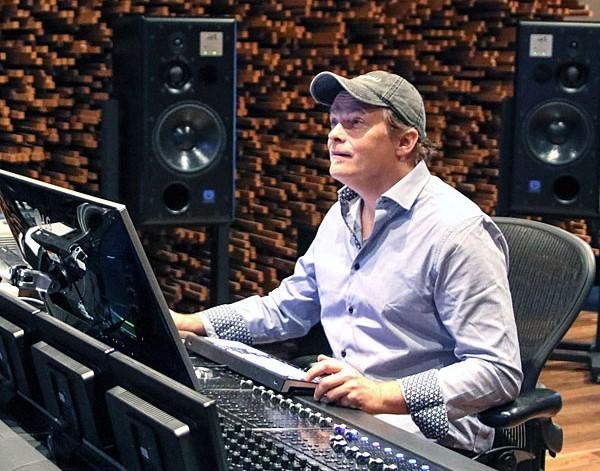
After Rush hit the prog/rock crossover motherlode with February 1981’s career-defining Moving Pictures, many people in the vaunted Canadian trio’s rabid fanbase were flat-out expecting MP Pt. II when that album’s followup, September 1982’s Signals, hit the shelves—and they didn’t get it.
It’s not like Rush fans weren’t properly prepared for such an inevitability, as you can easily hear the seeds of their sonic transition that had already been planted with the skittery sounds that permeated “Vital Signs,” the last song on Side 2 of Moving Pictures. I knew the first moment I heard “Vital Signs” on vinyl that it was clearly signaling some sort of a musical shift that I couldn’t quite put my finger on at the time—and then that’s exactly what we all got a year-plus later with Signals. While it took some time to digest as a whole, Signals—which includes signature Rush tracks like “Subdivisions,” “New World Man,” and “Countdown”—soon enough took its rightful place as yet another important entry in the overall Rush canon.
On Signals, the scope of the compositions and the overall sonic palette are essentially unlike what Rush sounded like on Moving Pictures. In effect, we’re not getting the same type of guitar solos from Alex Lifeson, Neil Peart’s not playing the drums in the same way, and Geddy Lee isn’t playing the bass the same way either. Even how Lee’s vocals are mixed and processed on Signals are different. Taken as whole, Signals shows how a band grows when it wants to. Whether the audience got into it or not at the time it was released doesn’t ultimately matter, because Signals foretold where Rush was going for the rest of that transitional ’80s period of theirs—and beyond.
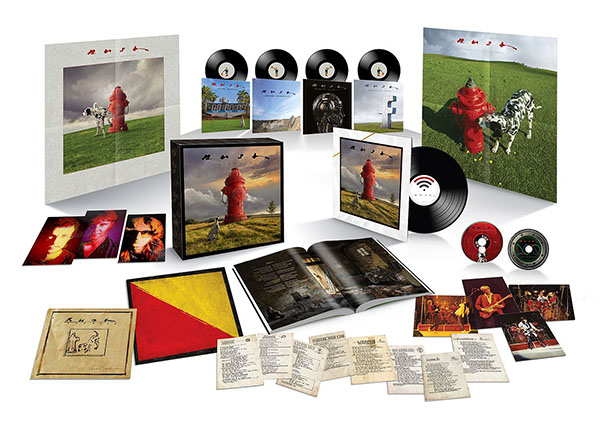
And now, 40 years later, we get to celebrate Signals anew with a Super Deluxe Edition that’s being released today, April 28, 2023, via Anthem/Mercury/UMe that includes all-new artwork from Hugh Syme, one CD, one 180-gram LP, four 7-inch singles, and a Blu-ray. The Abbey Road Mastering Studios 2015 remastered edition of Signals appears here for the first time on CD, while the Blu-ray contains the core album as newly mixed from the original multitracks in 24-bit/48kHz Dolby Atmos and 24-bit/96kHz Dolby TrueHD 5.1 by longtime Rush confidante and esteemed producer/engineer Richard Chycki, alongside the previously available 24-bit/48kHz PCM Stereo mix (as well as a pair of vintage videos now mixed in 5.1).
As Chycki—who also helmed the stellar Atmos mix on the Blu-ray that was a vital part of last’s years 40th anniversary Super Deluxe box set for the aforementioned Moving Pictures—oh-so-succinctly puts it, “There was a certain tonality to capture on the entire Signals album in Atmos, but it also needed to remain as true as possible to the original mix.” (That’s a true new world man talking, right there. . .)
In a recent Zoom interview, Chycki and I discuss his overall Atmos mixing M.O. for Signals, the one specific request from Rush guitarist Alex Lifeson that was honored in “Subdivisions,” and why “Countdown” truly lifts off into the stratosphere in Atmos. Electricity? / Biology? / Seems to me it’s chemistry. . .
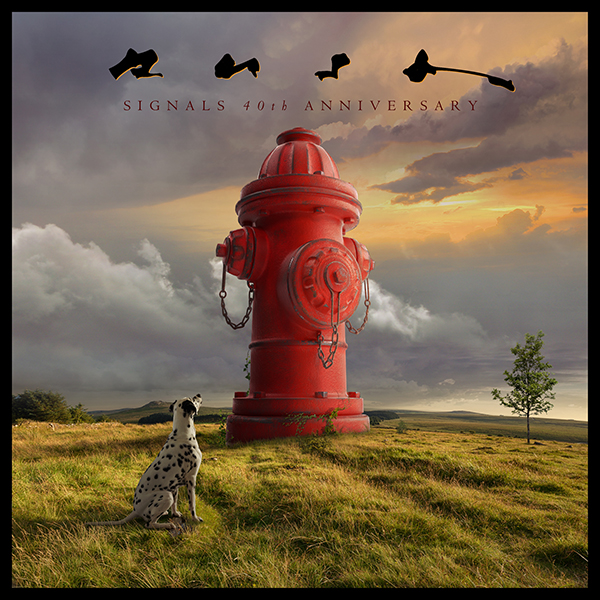
Mike Mettler: Do you feel like having that great Moving Pictures Atmos mix you did last year under your belt as your technical starting point served as the perfect precursor to how you approached doing Signals in Atmos?
Richard Chycki: Well, before we talk about the actual audio part of Signals in Atmos, let’s first talk about how you could hear there was a transition going on in the band itself at the time of the album’s original release [in 1982]. Synthesizers are way more prevalent on Signals than they are on Moving Pictures. And in the approach to the songwriting, you could see there was a definite change going on there too.
Any of the interpretations of the original mix I have are based on Ged and Al’s instructions [i.e., Geddy Lee and Alex Lifeson’s instructions]. They wanted to stay true to what the vibe was in the original stereo version of Signals—and that’s what this Atmos mix is about. It’s not like me revisiting the original and saying, “Hey, you know what? We’re going to reinterpret that mix.” With this project, that’s not the latitude I’d been given. The Atmos mix needed to maintain as true as possible to the original, but make it sound like it’s in a modern format.
So, there was some latitude in terms of motion and stuff, but not to where I was sitting down and saying, “Hey, I’m gonna make Neil [Peart]’s drum kit all modern and heavy-sounding”—because that’s not what it was when he first played it.
Mettler: Exactly. It’s not a Tool record, after all.
Chycki: Right? Signals sounds quite a bit different than Moving Pictures did, and this Atmos mix goes through that change as well. If somebody is expecting it to sound the same as Moving Pictures—no, it won’t, because the original Signals sounds much different.
Mettler: Do you remember getting Signals at the time it came out in 1982 yourself, and what you felt about it at the time?
Chycki: Well, when I listened to it prior to my working with the band—the great thing about listening to progressive music is that it’s supposed to be progressive. It’s also embracing the emotion of what the artist was feeling at the time.
When it comes to a band like Rush, compare the “white” album—the first [self-titled] Rush album [that came out in March 1974]—to this one, Signals. It makes you go, “Is this the same band?” Yeah, it is—but it’s also a band that’s grown over those eight years. I think fans who recognize the emotional atmosphere the band is in at that time appreciate it. Fans do pick up on that, and I think that’s remarkable. It’s a testament to the listeners that they have that perception.
Mettler: Now that we have all that background in hand, tell me your philosophy behind your approach to the Signals Atmos mix.
Chycki: The label had said to me, “We want this to be true to the original,” so I had to honor that. Now, you can hear there are a few little adjustments that were made. For example, Al’s guitars for “Subdivisions” are a little bit more prevalent in the Atmos version. On everything I’ve done for Rush—as far as any of the 5.1 mixes, or anything I’ve done in Atmos—Al’s always wanted to have a little more googjhh to his guitars on “Subdivisions.” But overall, it’s very accurate, and I’ve tried to stay true to the original.
As far as the visceral aspect of it all, this Atmos mix still maintains that three-dimensionality. That was critical—especially in something like “New World Man,” where you have all the synthesizer stuff going on overhead.
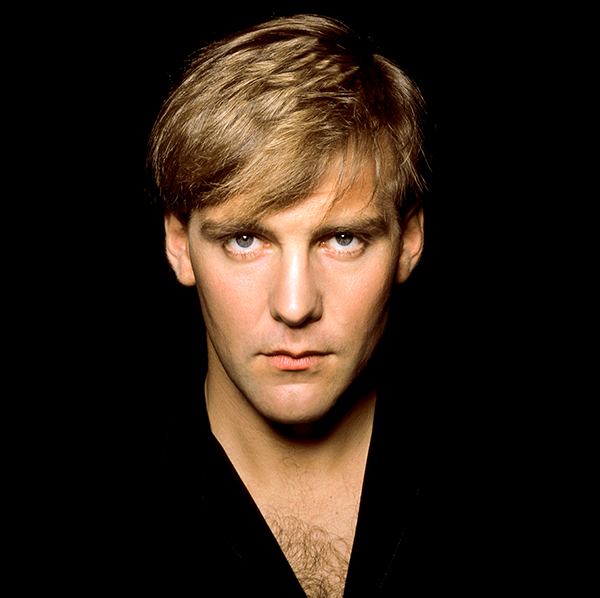
Mettler: I do love the way that synth stuff surrounds you from up there. Also, to backtrack for a moment, I still think a lot of people don’t know it’s actually Alex (shown above) who’s saying the processed word “subdivisions” on that song’s chorus. When you hear him doing that in Atmos, it’s all-encompassing—but it’s not overwhelming. It comes across there exactly how it should in my mind, because if you had downplayed the impact of that phrase too much when it comes to those parts in the choruses, it wouldn’t have that necessary oomph to it. You absolutely had to get that one exactly right, didn’t you?
Chycki: Yes. It’s a massive vocal hook. Even though it’s not sung and it’s a spoken word, it is a vocal hook—and it’s massive. It’s a call-and-answer thing, right? It goes like this—Al says “Subdivisions,” then we get Ged’s vocal, Al says “Subdivisions” again, then it’s Ged’s vocal again. So, yeah, it was important to make that as 3D as possible to drive the whole thing.
Mettler: When you get to Alex’s guitar solo on Track 2, “The Analog Kid,” that one comes out at me a lot more forcefully in Atmos than it did originally in stereo. I think that solo also makes you appreciate just how great a composer Alex is, because he never plays the same guitar solo twice, or even with the same theme.
Chycki: “The Analog Kid” is an interesting piece. In the beginning of the song, it’s very static and there are almost no Atmos “objects” there, so it’s very, very static—and quite deliberately. When it hits the chorus, it just goes off the charts into this big, thick keyboard wash with the analog-style choirs, and it just keeps going back and forth.
When Al’s solo hits, it’s just great. He’s always been this guy who’s embraced the technology of the time. He had all these great pitch-shifters and other stuff, and he would incorporate all of it into his guitar textures. It’s something that made him stand out, though I think he’s always stood out as a guitar player.
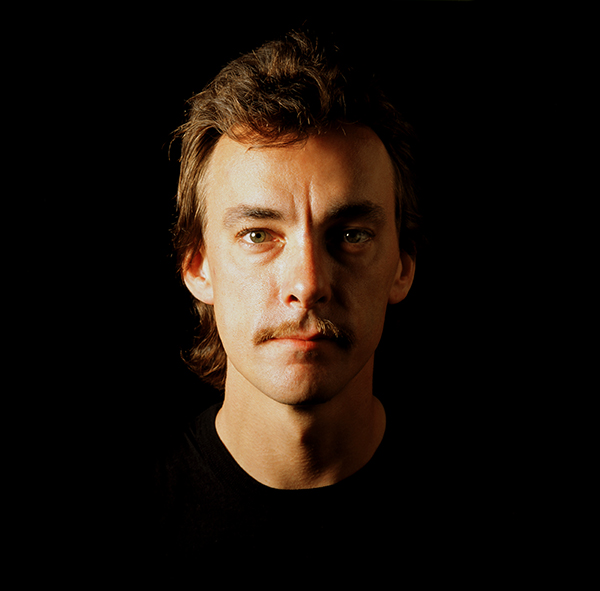
Mettler: I feel like “Losing It” has additional poignancy today, not only because it was played live for the first time ever on Rush’s final tour [the R40 Live Tour, in 2015], but also since Neil (shown above) passed away in January 2020. In that song’s lyrics, Neil captured the idea of knowing when it’s time to hang it up so beautifully.
When I was listening to “Losing It” in Atmos and got to the first time where Geddy sings the lines that go, “For you the blind who once could see / The bell tolls for thee,” I had never actually heard the bell that’s in the mix there that clearly or so distinctly before. It was such a subtle part of the original stereo mix that I think you heard it more subconsciously, but the way it appears at that part of the song in Atmos is so perfectly balanced. I’m glad you made the choice to give it what I’ll call a more subtle weight, so to speak—but it’s there, and it fits that moment of the song in the way that it should.
Chycki: It’s the three-dimensionality of Atmos mixing. When you take a song, and even if you change nothing within the mix, you still have that physical distancing where this was all pounded through two speakers in the original. But now, you can have a speaker upstairs that’s at first doing nothing—and then, all of a sudden, it’s just like, ping, and your ears pick it up there because it’s the literal placement.
As people, as animals, we process literal placement. That’s the easiest for us. As soon as you have something placed with literal placement, we absorb that first. We could use phase, delay, and all sorts of things, but literal placement for us is the No. 1 thing—and we use that to our advantage in Atmos, because having more speakers means we have more ability to do that.
Mettler: Plus, the electric violin solo that Ben Mink does on the original version of “Losing It” is so touching and so moving, it really affected me even more than usual in Atmos.
Chycki: When you’re listening to what Ben’s performance is there, and the way his violin was originally processed—you have all these really amazing tones, and there’s all the overdrive too. During his solo, you get all these delays, plus the Electro-Harmonix fuzz pedals he was using—it’s really exciting stuff. And, again, it was just making sure to keep it all true to the original in the placing of the delays so that there is spaciousness in maintaining air, and the atmosphere.
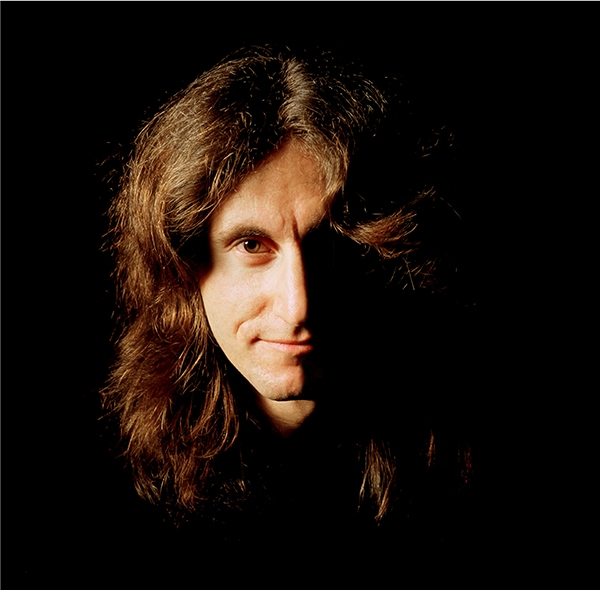
Mettler: I couldn’t agree more. And then we have all of what’s going on in “Countdown,” where you feel like you’re literally going up into space when the Space Shuttle Columbia is going up into the ether and all around you. It’s the linchpin track at the end of the record, and that mix is about as 360 degrees as anything is on Signals. Besides the band’s instruments and the vocals from Geddy (shown above), you’ve also got all the NASA stuff you have to fit in there—and I always felt like that’s what got lost in the stereo mix. I also felt like “Countdown” came across much better in the more expanded live setting, onstage. With all that in mind, did you feel your mission here was something like, “I can do this one the way it’s supposed to be done”?
Chycki: One hundred percent. With that initial, first fly-by—when the jet sound goes by, and then the subs kick in— man, it is so awesome!
Mettler: I agree. Like I said, I always felt like I was missing something in the stereo mix, and that was clearly part of it. “Countdown” is simply better realized in Atmos.
Chycki: And you’re being challenged. When you have two speakers, you only have so much sonic real estate. “Countdown” is exactly the song where the Atmos format shines, because it can have the band doing its support work, and then you have all these little features like the radio voice and the little squawk when they depress the thing to talk—you know, the zzzzt!
So, you have all of that going on—and now you get to hear all of it, plus you have the support of the band. There’s no distraction or conflict in trying to hear what’s going on—and that’s super-exciting. I had such a great time working on that track.
Mettler: You really did make “Countdown” better in Atmos, Rich. Well, to wrap things up, I feel like each Signals song in Atmos is both in its own universe in a way, but each one also all folds into the overall connective narrative as a whole. Do you agree?
Chycki: Yes. It’s a story—a complete story. We’re telling a story here with Signals in Atmos, and my job is to help reinforce the band’s story. Whenever new technology like Atmos comes along, I have to make sure to use that new technology to reinforce the same story, and not try to rewrite their story.
- Log in or register to post comments


I like them music. Block Blast online
[block blast online](https://blockblastonline.pro)

This is quite intriguing, yet it's also fraught with controversy. The recent TikTok ban serves as a prime example that can be applied to this theory. Find TikTok alternatives
